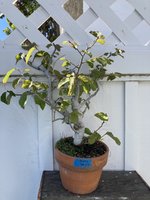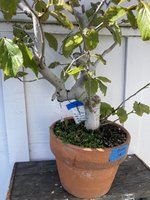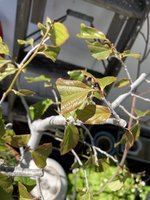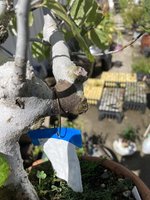penumbra
Imperial Masterpiece
Good day. Has anyone had experience with this plant? I have one I planted about 30 years ago in the ground. I was assessing my tree for layering this spring when I noticed the other day that it has a couple small trees that have sprouted from the roots. Obviously I am going to give it a try late winter to early spring but I was just wondering if there are others here who have trained this awesome tree for bonsai.


















